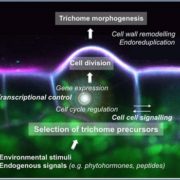
Update: Plant Glandular Trichomes: Natural Cell Factories of High Biotechnological Interest
Blog, Plant Physiology, Plant Physiology: Updates, Research, Research BlogBy Alexandre Huchelmann, Marc Boutry, and Charles Hachez
Abstract
Multicellular glandular trichomes are epidermal outgrowths characterized by the presence of a head made of cells that have the ability to secrete or store large quantities of specialized metabolites. Our understanding of the transcriptional…
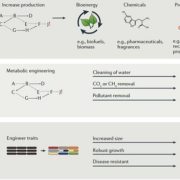
Opinion: Beyond editing to writing large genomes ($)
Blog, Plant Science Research Weekly, Research, Research BlogThis is an era of rapid acceleration of our ability to both read and write genomes. Chari and Church point to a future in which making a small number of changes in a genome (editing) is supplanted by making hundreds or thousands or more of changes, essentially whole-genome editing. Basically, the authors…
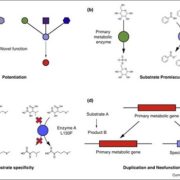
Review: Promiscuity, impersonation and accommodation: Evolution of plant specialized metabolism ($)
Plant Science Research Weekly, Research, Research BlogThe huge set of chemical pathways beyond the conserved primary metabolic network is described as specialized metabolism (formerly known as secondary metabolism). The diversity of specialized metabolites is due to recent evolutionary innovations in enzyme function, as reviewed by Leong and Last. Key processes…
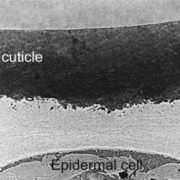
Review: Cutin from agro-waste as a raw material for the production of bioplastic ($)
Blog, Plant Science Research Weekly, Research, Research BlogWhen we think about making things from plant biopolymers, we often think about cellulose, the “most common natural polymer on Earth, with an estimated annual biomass production between 1011 and 1012 tons” or ligin, with a biomass production on the order of 107 tons per year. Heredia-Guerrero et al.…
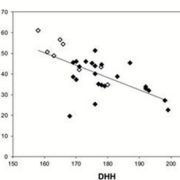
Review: Senescence and nitrogen use efficiency in perennial grasses for forage and biofuel production ($)
Blog, Plant Science Research Weekly, Research, Research BlogMuch of our understanding of the molecular processes of senescence and nutrient remobilization comes from annual plants. Yang and Udvardi explore how these processes take place in perennial grasses including important biofuel grasses switchgrass (Panicum virgatum) and miscanthus (Miscanthus×giganteus).…

Review: The Chlamydomonas CO2-concentrating mechanism and its potential for engineering photosynthesis in plants
Blog, Plant Science Research Weekly, Research, Research BlogMany green algae have the ability to concentrate CO2 to enhance their photosynthetic performance. Mackinder reviews these algal CO2-concentrating mechanisms (CCMs) and what steps would be required to introduce them into higher plants. He also compares progress and pitfalls towards introducing algal CCMs…
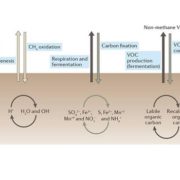
Review: Embracing the unknown: disentangling the complexities of the soil microbiome ($)
Blog, Plant Science Research Weekly, Research, Research BlogThe soils microbiome is of course hugely complex and immensely variable. Metagenomics tools allow us to describe the diversity of the soil microbiome, but what that diversity means is best grasped when the microbiome is considered in terms of its ecological functions, as described in this Tansley Insight…
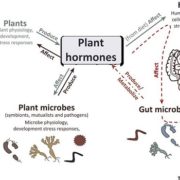
Opinion: Plant hormones: Key players in gut microbiota and human diseases?
Blog, Plant Science Research Weekly, Research, Research BlogChanclud and Lacombe have written an intriguing Opinion article asking to what extent plant hormones affect animal gut microbiota and human disease. In support of this question, they observe that many microbes and even some animals can perceive and respond to plant hormones, or produce plant-hormone…
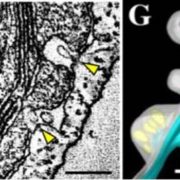
Three-dimensional analysis of chloroplast structures associated with virus infection
Blog, Plant Science Research Weekly, Research, Research BlogIt’s not uncommon for viruses to manipulate the host’s membrane system to create protected structures for viral replication. These viral replication complexes (VRCs) “are thought to shield viruses from host defense systems such as RNA silencing, and … provide a microenvironment for enriching…

